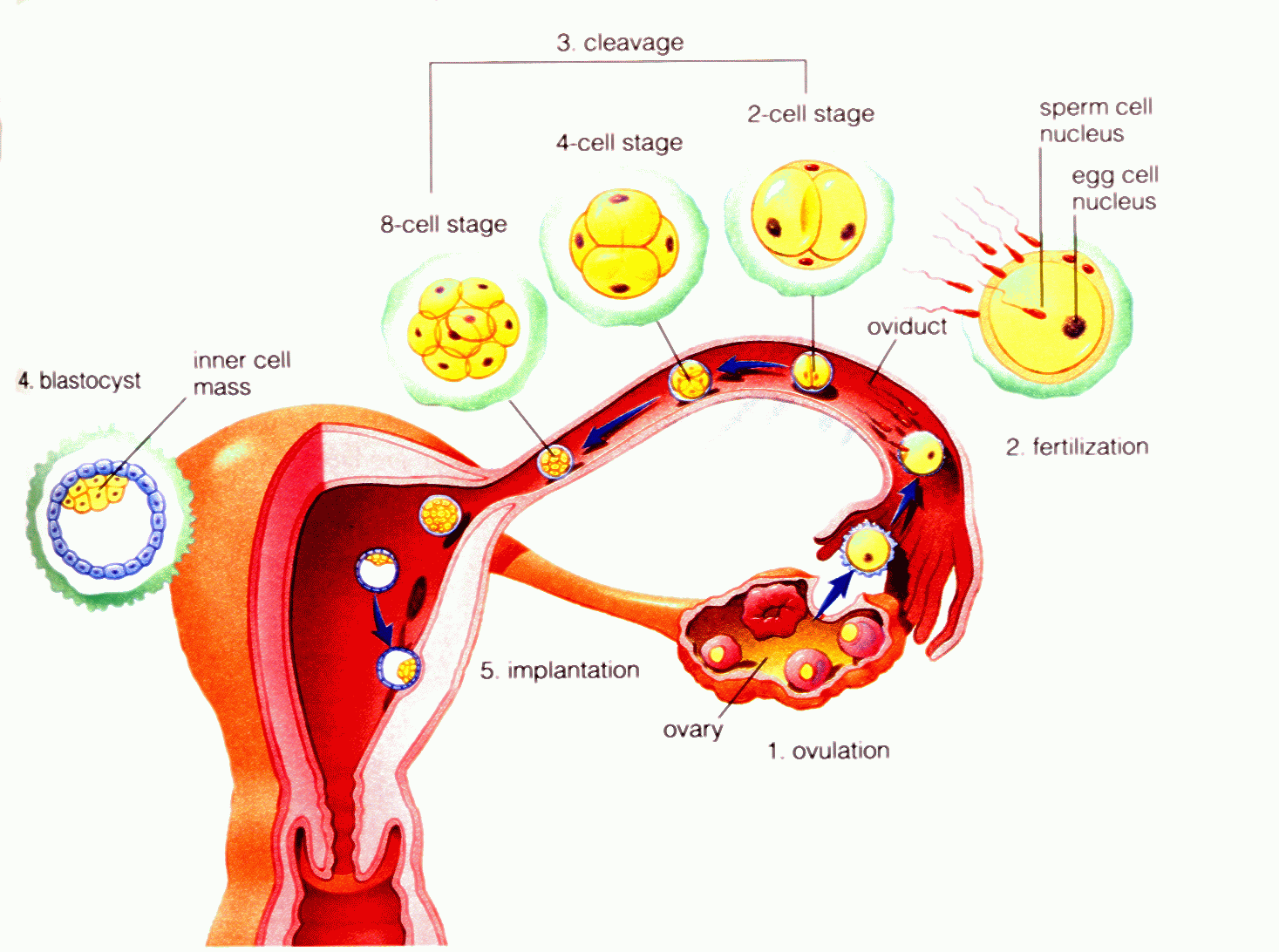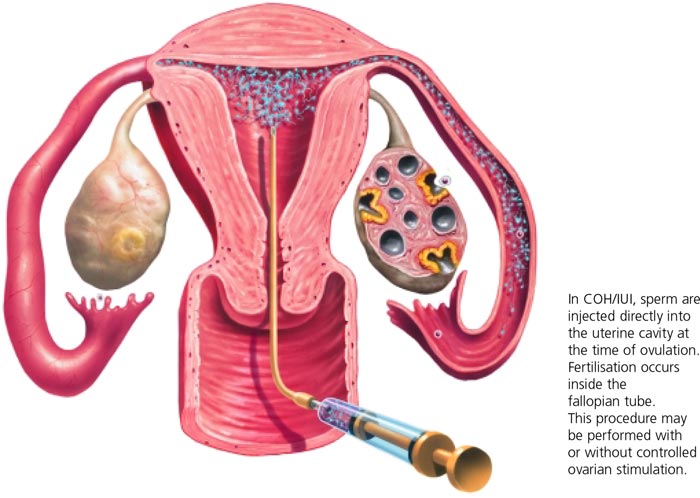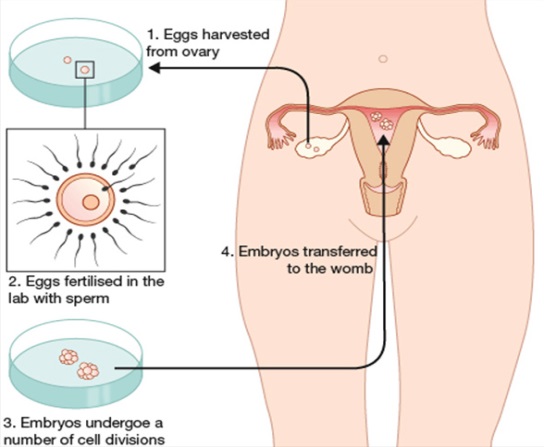Introduction

Infertility is defined as the inability to conceive after one year of regular unprotected sexual intercourse. Evaluation of infertile couple should then be initiated and this would include semen analysis, assessment of ovulation and tubal patency test. Diagnosis of unexplained infertility is made when all these tests are normal. This diagnosis comprises 15% to 30% of all the infertility cases.
Treatment of Unexplained Infertility
The treatment for unexplained infertility is by definition, empiric because it does not address a specific defect or functional impairment. In every woman a healthy egg is not always released, the tube does not always pick up the egg, the sperm does not always fertilize the egg, and a healthy embryo is not always formed.
The principal treatments for unexplained infertility include expectant observation with timed intercourse and lifestyle changes, increasing the number of eggs released through use of fertility drugs and through intrauterine insemination(IUI). If a woman’s tubes never pick up an egg, IVF will be needed to achieve conception. If a man’s sperm is unable to fertilize his partner’s eggs, IVF (often with ICSI) will be needed.
Expectant Management and Lifestyle Changes
Epidemiological studies indicate cigarette smoking, abnormal body mass index (BMI), and excessive caffeine and alcohol consumption reduce fertility in the female partner. Expectant management may provide an option for a couple with unexplained infertility in whom the female partner is young and the problem of oocyte depletion is not an immediate concern.
Although expectant management is associated with the lowest cost, it results in the lowest cycle fecundity rates, and is therefore inferior to the commonly available reproductive techniques.
IUI

Intrauterine insemination involves the placement of washed sperm into the uterine cavity around the time of ovulation. It can be performed in conjunction with natural ovulation timed with LH kit, ovulation induction using clomiphene citrate, or injectable gonadotropins. A recent Cochrane review on this topic confirmed that IUI with ovulation induction increased the live birth rate compared with IUI alone.
COH and IUI
Over the past decades, there has been a marked increase in the use of COH, with or without IUI, in the treatment of unexplained infertility. Both clomiphene citrate and gonadotropins have been used for COH, in combination with IUI or alone. The theoretical rationale for COH in women with a normal ovulatory assessment is that subtle ovulatory defects missed by standard testing may be overcome, and that an increased number of eggs available for fertilization may increase the likelihood of pregnancy. In a similar fashion, introducing washed sperm into the uterine cavity using IUI may increase the density of motile sperm available to ovulated oocytes, which should maximize the chance of fertilization.
Gonadotropin therapy is superior to clomiphene citrate therapy, and both are most effective when combined with IUI. A meta-analysis of 27 studies involving 2939 cycles revealed that the pregnancy rate per cycle was 8% with gonadotropin treatment alone and 18% with gonadotropin treatment combined with IUI. The cumulative pregnancy rate rises with the number of attempted COH/IUI cycles; however, there is some evidence suggesting that the number of COH/IUI cycles prior to treatment with IVF should be limited to 3 suggesting that patients should be offered IVF if they fail to conceive after 3 trials of COH and IUI.
IVF/ICSI

The most expensive, but also most successful treatment of unexplained infertility consists of the spectrum of assisted reproductive technology including IVF, with or without ICSI.
Comparison of Different Treatments for Unexplained Infertility
The optimal treatment strategy needs to be based on individual patient characteristics such as age, treatment efficacy, side-effect profile such as multiple pregnancy, and cost considerations.
Studies have shown:
- Without treatment, the monthly chance of conception was estimated to be about 2 percent (1.3-4.1%).
- Treatment with intrauterine insemination(IUI) alone did not raise this conception rate significantly (3.8%).
- Treatment of unexplained infertility with IUI with clomiphene increases chance of conception per cycle 2-3 fold (2% – 8.3%).
- Treatment with gonadotropin injections plus IUI raises the conception rate even further to 17 percent per treatment cycle.
- Lastly, in vitro fertilization (IVF) conception rates for unexplained infertility are close to 50% in some centres.
| Last Reviewed | : | 08 May 2017 |
| Writer | : | Dr. Roziana bt. Ramli |
| Accreditor | : | Dr. Wan Abu Bakar bin Yusuf |







